A while back I wrote an article entitled “Why I Switched from Full Frame to the Fujifilm XT-2“. That article generated a fair amount of buzz and a number of questions as well. The biggest question was always “Why would you switch from a full frame setup to a APS-C camera?” Well, at the time my motives were a bit different. My job was consuming my life and photography had really taken a back seat and would continue to do so until, well, now when I decided to make the move back to Sony. But which one the Sony A7RIII or the Sony A7RIV?
Not to discredit Fujifilm whatsoever, but the camera had reached its limits for me. The file size, the DR, ISO tolerance and what I could do in post processing with them pushed me to make a change. Sure, the Fujifilm XT-4 was an option, but it still didn’t have the look and feel of the RAW files from a Sony Alpha series camera, so I decided to jump ship back to Sony.
This article is going to highlight some of the ground work that I did to make the decision to go with the Sony A7RIII instead of the Sony A7RIV and why it’s the better choice for most landscape photographers. It also features some new pretty pictures.
Sony A7RIII vs Sony A7RIV: Key Differences and Similarities

This is a question that I’m sure many landscape photographers have found themselves in since the A7RIV came out. There are a few key differences outside of price that are worth a closer look including file size, sensor design and autofocus regarding both full frame setups.
Sensor Differences
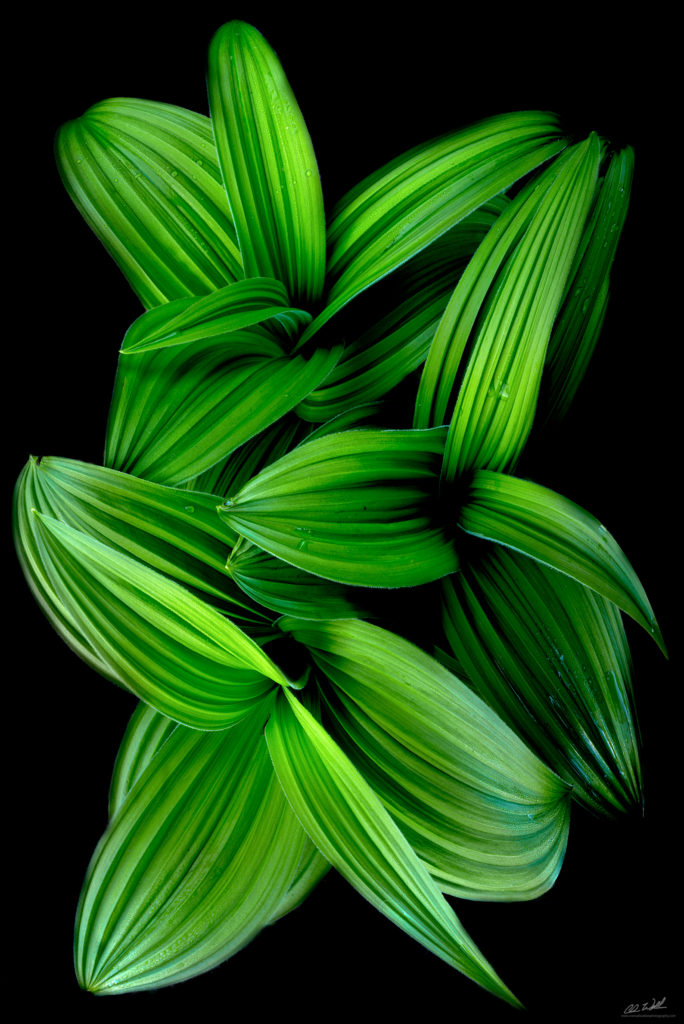
Sony A7RIII, Sigma ART 14-24mm F2.8, NISI S5 and landscape CPL
First let’s take a look at the sensor and file size. The A7RIII sports a 42.5MP full frame stabilized back side illuminated (BSI) CMOS sensor with improved, low-noise processing. The image quality and dynamic range is much improved compared to its predecessor and the dynamic range rivals that of the Nikon D850 at its long envied ISO 64 setting. The camera shoots uncompressed RAW files that come out at a file size of 81.9MB.
The A7RIV has a newly designed high-resolution full-frame 60.2MP BSI-CMOS sensor. It also has a new 16-shot high-resolution mode that can be used to generate 240MP images of static scenes (this means no moving clouds or water).
The sensor of the A7RIV is slightly noisier than the A7R III at the highest ISO values and I’ve seen some samples at lower ISO values that show the same thing. DPReview outlined this in their review of the A7RIV.
Storage Headaches
With a larger sensor and improved resolution you can run into a few problems, including lens resolving power. This sensor is downright impressive and the uncompressed RAW files are HUGE; in excess of 110MB. You better be prepared to upgrade your storage if you’re planning to pick this camera up. Seriously though this means that you will likely either need to build a new custom Mac or PC to handle the file sizes and you will definitely need to set up a new RAID storage system to handle and back up files that large. It’s definitely something to consider before purchasing.
Dynamic Range
Let’s take a closer look at DR:
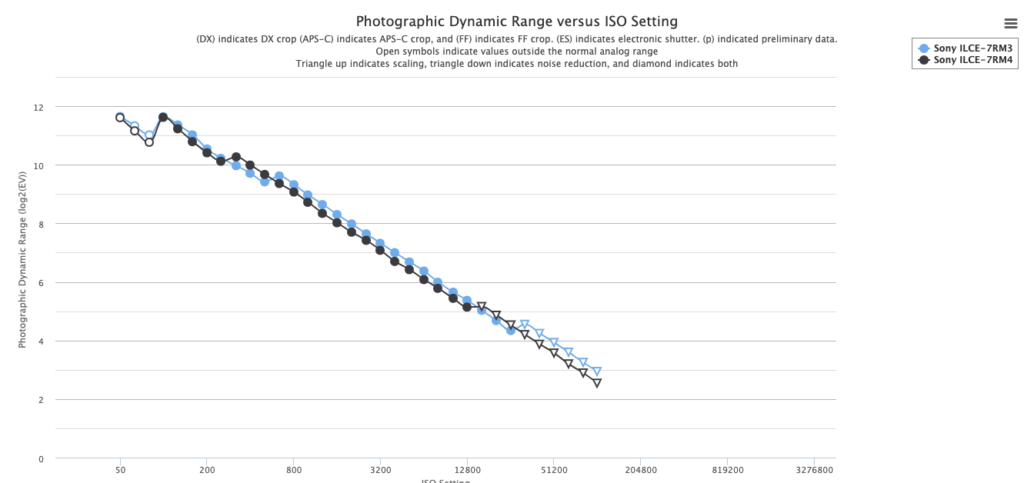
The above chart came from an excellent site known as photonstophotos.net (linked in blue above). This chart displays the photographic dynamic range at each ISO value.
As you can see the A7RIII (in blue) is slightly better in terms of DR than that of the A7RIV (in black), but the differences really are going to be mostly indistinguishable in real world use.
Both cameras have fantastic sensors and in terms of printing a 42.5MP sensor will allow you to print virtually any size that you can dream up. The 61MP sensor is a monster and you may run into some issues with the resolving power of your lenses with a sensor this large. If your lenses are absolutely perfect optically, then you will the ability to print billboard size images that look amazing. For a full review of image quality and DR please check out DPReview’s reviews for both the A7RIII and the A7RIV.
Autofocus
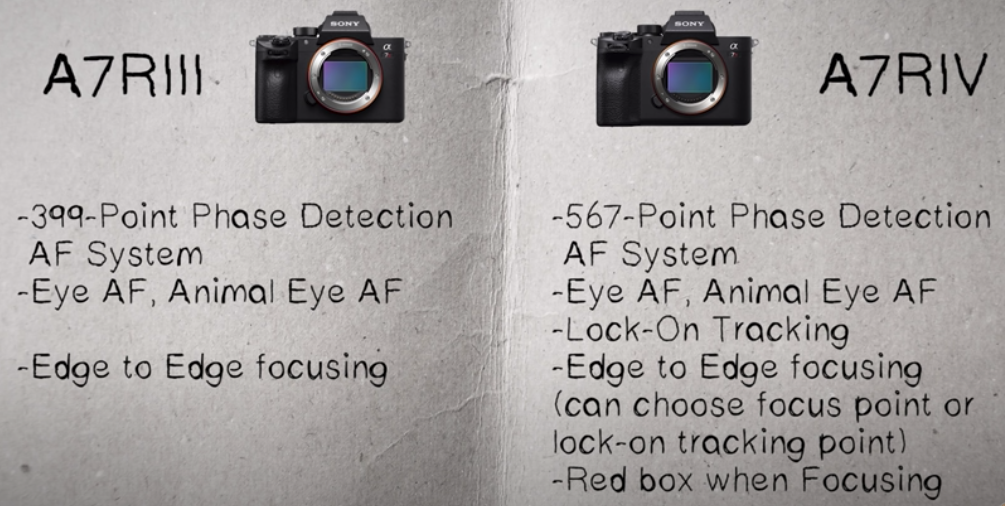
Autofocus is an area where the A7RIV slightly edges out the A7RIII, but if you’re using this camera primarily for landscape shooting with some wildlife here and there, does that matter? No, not really. The A7RIII is still excellent for small children running around, sporting events, landscapes and yes even wildlife. The eye AF Animal eye AF and overall subject tracking on the A7RIII all work exceedingly well in real world situations and they have only been improved in the A7RIV. Both cameras shoot at 10fps with the mechanical/electronic shutter and 8fps in uncompressed RAW. Burst speed is also very close in 28 uncompressed RAW files in the A7RIII vs 33 in the A7RIV.
Touch to Focus
The touch to focus in the A7RIII is actually fairly responsive and fairly easy to use for focus stacking static subjects. The cancel button can be a bit sticky at times, but it still works pretty well. Make sure that you switch to manual mode with focus peaking to ensure that you’ve hit all of your focus points. The touchscreen and the LCD is identical in the A7RIV and didn’t see an upgrade outside of the fancy new red box. It now includes a red box instead of gray box for touch to focus, but that’s not enough to warrant spending the extra cash in my book.
Another important thing to note is that the A7RIII got a firmware update with the A7RIV made its debut. This allowed nearly all of the AF features to be updated to near A7RIV spec in the A7RIII… except the little red box. That stays with the A7RIV.
For a full review of the AF in both cameras please check out these links from DPReview A7RIV, A7RIII as they have done a great job going over the specifics of the autofocus differences between the two models.
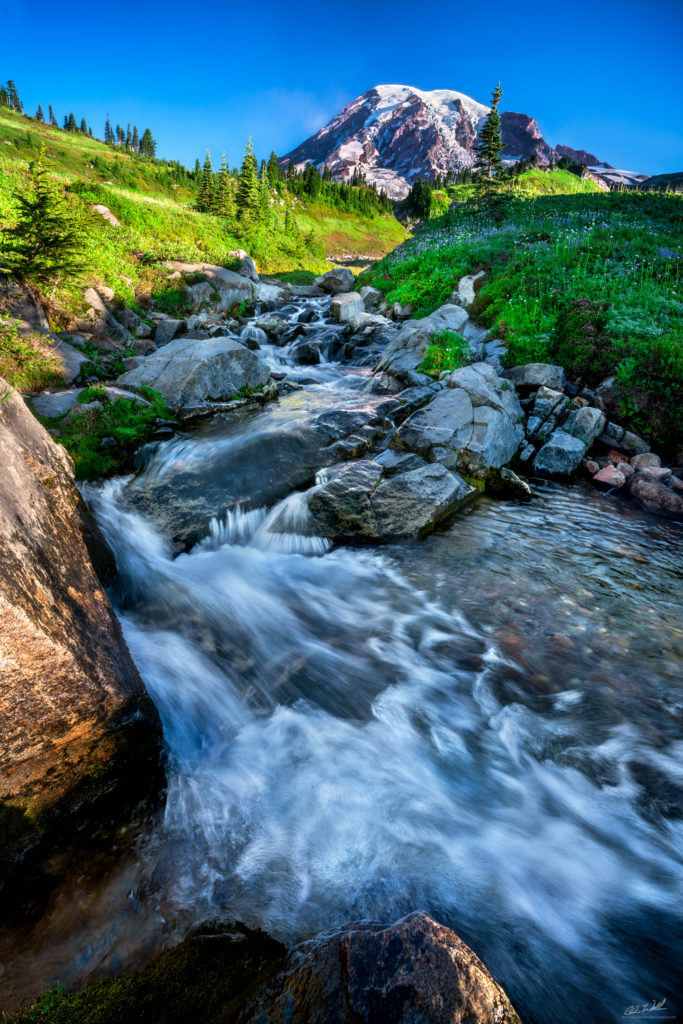
Sony A7RIII, Sigma ART 14-24mm F2.8, NISI S5, CPL
AF Customization
Both the A7RIII and the A7RIV have it and if you don’t currently use it, you really should be. One thing that I cannot stress enough is to make sure to customize your C1, C2, C3 and C4 buttons with AF options. This makes it extremely easy to switch between different AF modes, AF coverage and different subject tracking options on the fly. If you’re photographing wildlife or even a landscape with quickly changing conditions. This video goes over how to go about making those changes.
Ergonomics
The ergonomics definitely saw a big facelift in the A7RIV with an improved larger grip and newly designed body. The button design, grip and button layouts all saw improvements in the A7RIV. Both of these cameras also offer 5-axis in body image stabilization with ~5-stops, so even your non IS lenses with perform exceedingly well. They both feature the exact same LCD screen. Full disclosure I have big hands and the hand feel of the A7RIII is great; I’ve had no issues with it whatsoever, even with larger lenses.
You will see a difference in the EVF resolution (electronic viewfinder) with the A7RIV sporting a new and improved 5.76m-dot EVF. I honestly rarely use it and when I do, I find that the A7RIII EVF is more than adequate. If that’s important to you, then it is something to consider.
Price (the deal maker)
This was the big one for me and what ultimately became the deciding factor. You can pick up an A7RIII new for $2,498.00 and if you decide to go used you can get one with an extremely low shutter count for around $2,000.00. An A7RIV will set you back $3,198.00 and the used ones are still going for around $2,800.00 – $3,000.00. I’ll give you two guesses as to what I decided to jump on.
I ended up picking up an almost new A7RIII for around $2,000.00. The differences between the A7RIII and the A7RIV were really negligible when you get down to it, especially for landscapes and it made more sense for me to put that extra savings into excellent lenses, batteries and lens filters (CPLs).
Conclusion
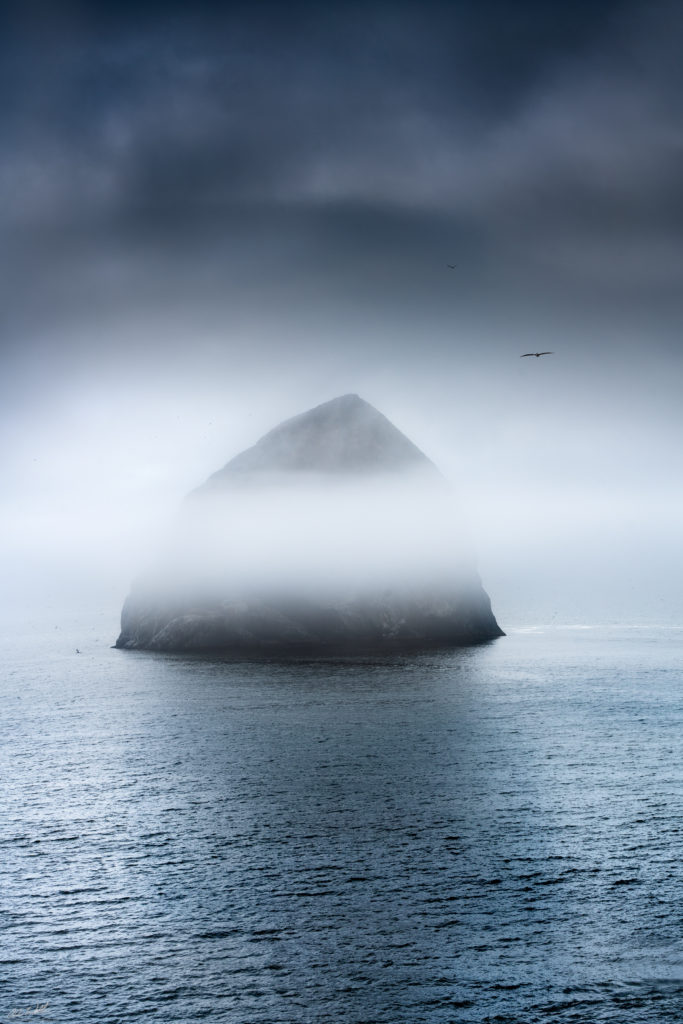
Sony A7RIII, Tamron 70-180mm F2.8
I hope that this article helps a bit in your decision to purchase your next Sony camera. Both the A7RIII and A7RIV are great choices for wildlife and landscape photography. With the A7RIII firmware update you’re really getting *most* of the functionality of the improved AF. The bottom line is that you wont be disappointed by either of them. The cost savings and the ability to use my 2018 Macbook Pro made the decision even easier for me. The A7RIII files are absolutely outstanding, the camera performs exceedingly well in the field and I have been extremely happy with my decision.
Stay tuned for my lens choices… Sony makes some great stuff, but there are plenty of 3rd party options that just might edge out that expensive G-Master that you’ve been eyeing.
